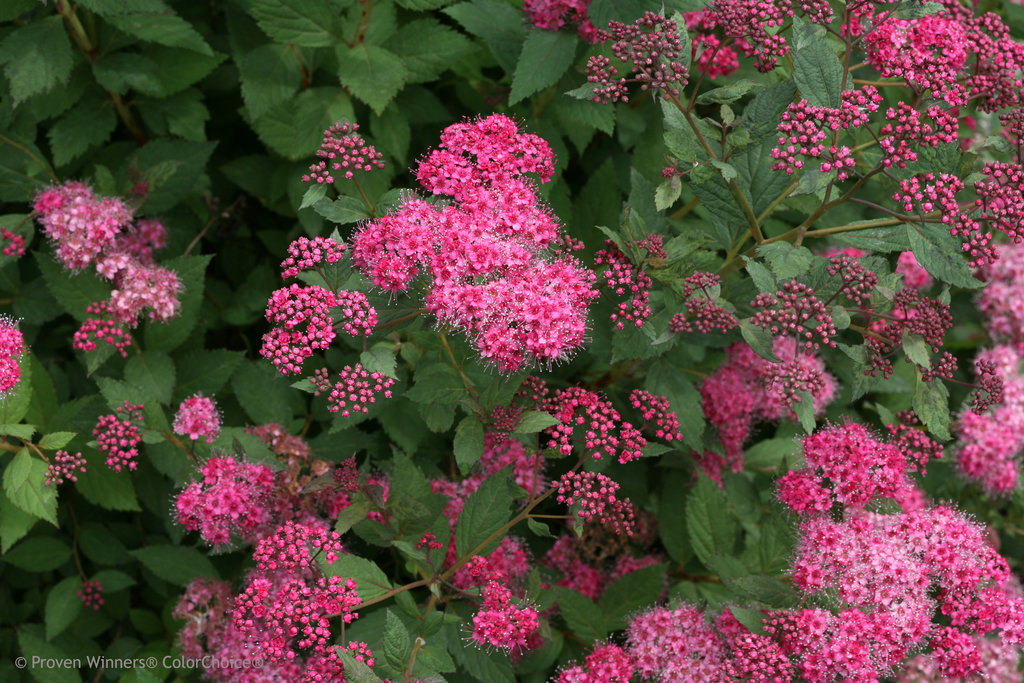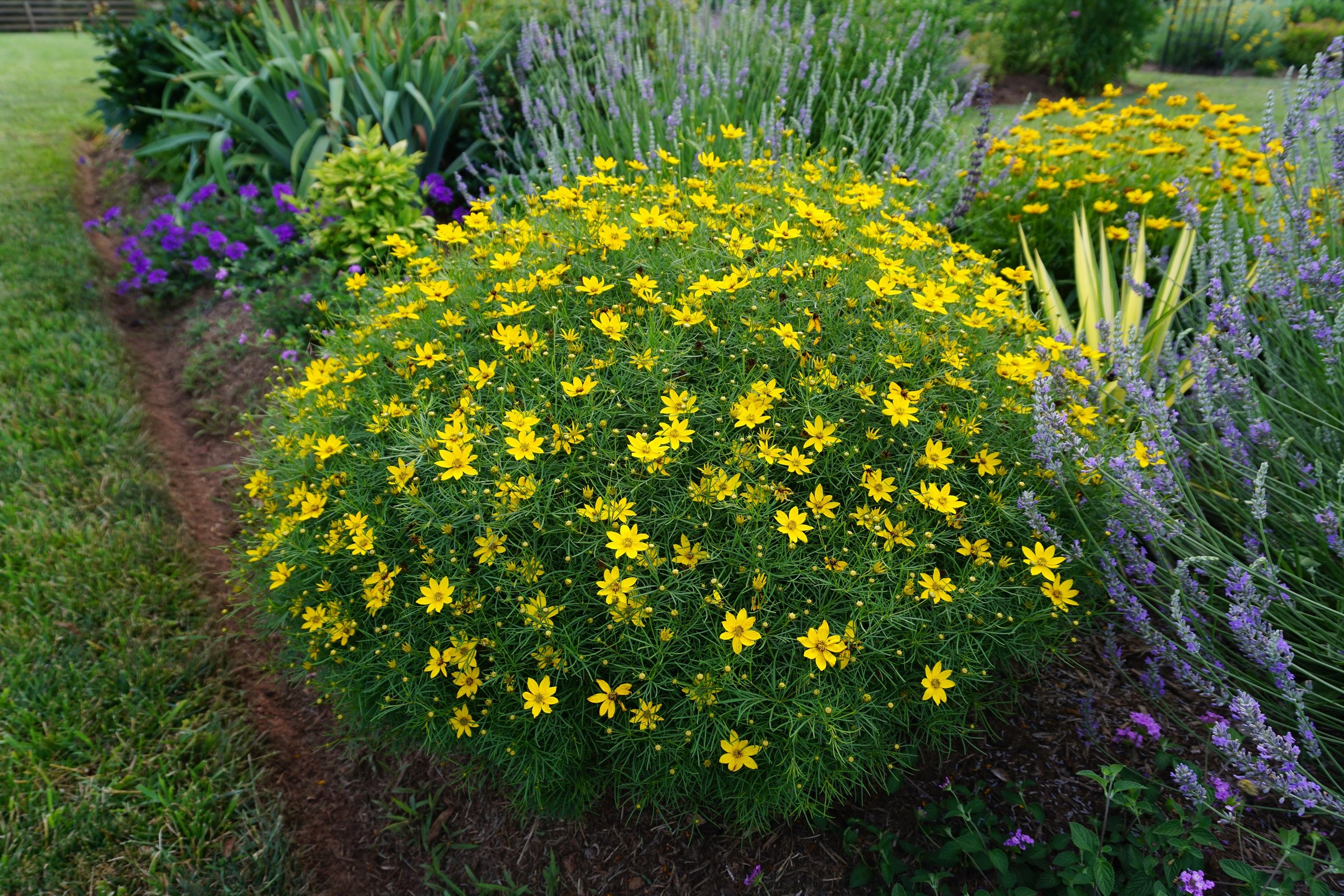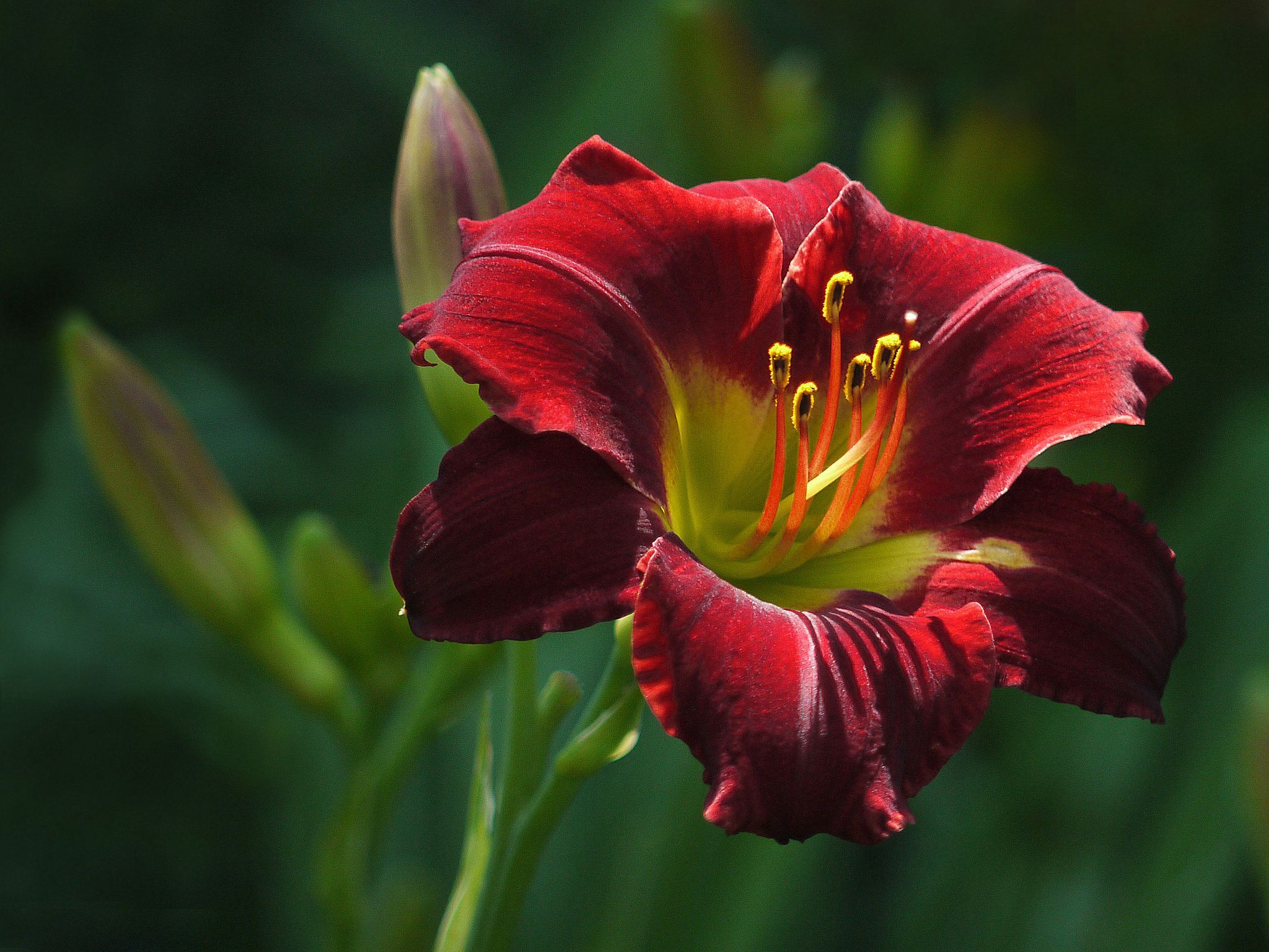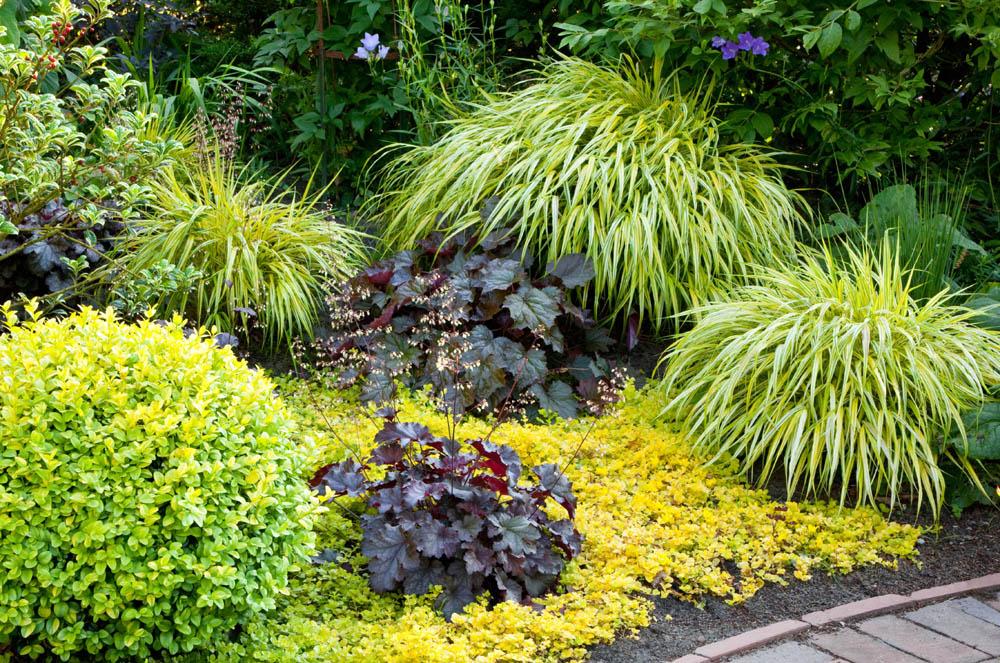6 Plants in the Garden I Haven't Killed (and Neither Will You)
/I've killed so many plants that if it was a crime I would have been sent to the electric chair years ago. The good news is that I'm in good company when it comes to planticide. We all accidentally kill plants from time to time. Plants are too much work and too expensive to do it on purpose.
A gardener once told me: "If you're not killing plants you're not gardening!" It's true!
Still, there are some plants that even I haven't been able to kill. Despite my worst efforts, they thrive and come back year after year! If you're looking for "bomb-proof" plants for garden, these plants are perfect!
Spirea
Spirea is a flowering shrub that's a staple in many perennial gardens, including mine. My spirea have pink flowers and have grown to about 3' x 3'. Every fall I cut them to the ground and every year they come back like clockwork.
Lessons Learned: If you cut Spirea back after the first flush of blooms it will bloom again later in the summer! Spirea likes a lot of sun. I planted one in the shade and it's neither very big nor does it produce many blooms. But like the other spirea in my yard, it comes back every year!
Coreopsis
Coreopsis is another plant I've had from the very beginning of my gardening adventure. It grows to about 18 inches tall and looks great with everything, especially plants with purple flowers. 😊 Some gardeners have told me that they only bloom for three to five years, but mine are over ten-years-old and are still growing strong. They like full sun and are very drought tolerant. While I've seen other plants in the flower bed droop on a hot day, Coreopsis isn't one of them.
Lessons Learned: One challenge with coreopsis is that the flowers are very small and they are tough to deadhead individually. Wait until after a good number have bloomed and then shear the whole top off and you'll get some reblooms!
Daylily
Daylilies are definitely one of my favorite flowers. The colors are stunning, and when they are blooming it's like watching slo-mo fireworks that can last for weeks! They are short - a little over a foot so I keep them in the front of the garden bed. I like my daylilies to look tidy so I deadhead them everyday. It can be a bit of work in the early summer when they are blooming in mass!
Lessons Learned: Don't be afraid to move around and divide your daylilies. They are super-rugged and will adapt easily to a new area - just make sure that they get at least 4 to 6 hours of sun.
Grasses
I'm talking about ornamental grasses, not the traditional grass in lawns! Grasses add something different to the garden and they are absolutely no work. I like the fact that they also take up some space and are great way to cover up a an ugly area (like where the gutter pipe in my yard empties onto the patio).
Lessons Learned: My only complaint with grasses is they get bigger and bigger every year. I've had to pull them out, divide them and spread them around the yard. Now I'm out of space to plant them. I'm thinking of gifting small pots of them to my neighbors! I hate to just throw them away.
Hosta
If you need a plant for a shady spot - even for a very shady spot - Hosta will do the job. It comes in lots of different varieties so mix and match them in the garden. My current favorite is the Guacamole Hosta (Its light leaves are perfect for that dark spot in the yard!)
Lessons Learned: Try growing Hosta in sunny spots. They'll let you know if they don't like it. The leaves will get washed out or get crispy along the edges. No worries. They are easily moved anytime of year and will come back the following spring without fail.
Daisies
Daisies are beautiful flowers and the ones I like are perfect for the middle of the garden bed as they grow to 20 inches or taller. The white goes with everything. Just think of a garden bed with yellow Coreopsis, pink Spirea and white Daisies. Perfecto!
Lessons Learned: I haven't killed daisies, but Mother Nature did one year. During the winter of 2015 Boston got nine feet of snow! Not ONE daisy plant bloomed in my garden that spring. 😔 I guess the weather was too much for them. Of the six plants listed, this one may be the most challenging. If you want to swap it out for a truly bomb-proof plant, try Black-Eyed Susans.
BTW, your results with these plants may vary depending on where you live. My growing zone outside Boston is 6B.













